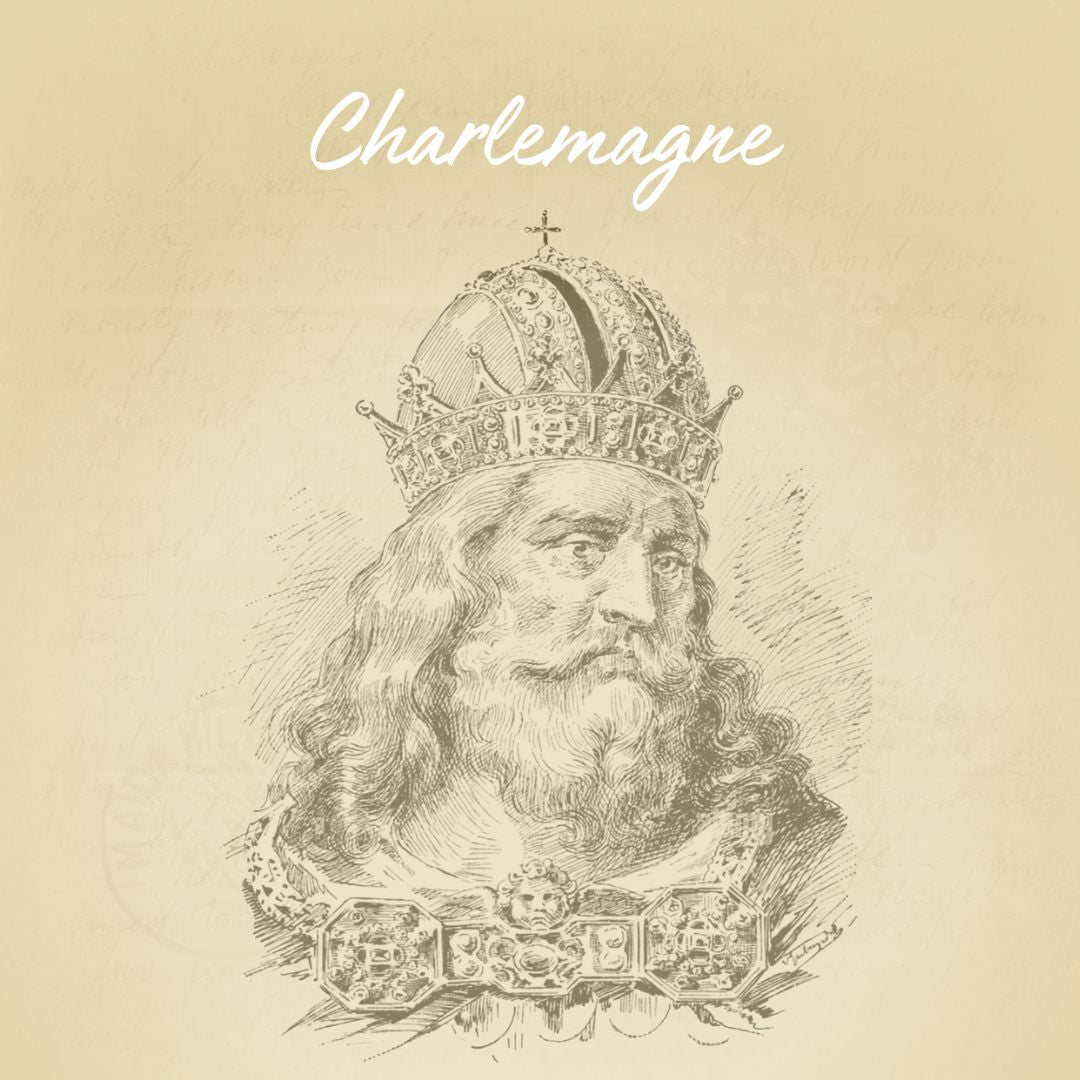Jeanne de Bourgogne: An Underestimated Queen and Her Connection to French Silk
Although the name Jeanne de Bourgogne is known in history, it is often associated with a less flattering image. Queen of France through her marriage to Philip VI of Valois, she carried a reputation of being frail, ill, and, according to some chroniclers, disliked by those around her. But was she really as detestable as she’s often depicted?
A Queen Who Was Influential After All
Married to Philip VI before his ascension to the throne, Jeanne de Bourgogne played an active role at court and in the kingdom's politics. Contrary to the image of a passive queen, she became involved in economic and artistic matters, notably encouraging trade and exchanges in the south of France. As queen, she was not only a symbol of the union between Burgundy and France but also took part in the management of the state.
She worked to establish political alliances and supported several cultural initiatives, particularly in the fields of patronage. Although often seen as a somewhat passive figure, it’s worth noting that her presence at court coincided with a cultural and economic flourishing in France.
A Marriage and Personal Struggles
The marriage between Jeanne and Philip VI was a strategic move aimed at strengthening the Valois dynasty. However, this marriage was not without personal difficulties. Jeanne suffered from various illnesses throughout her life, which affected her image at court. Furthermore, her physical fragility contrasted with the vigor of her husband, leading to many rumors about her.
Although she was a respected queen, history has sometimes overlooked the difficulties she faced. Despite personal challenges and the political tensions of her time, she managed to maintain a certain influence and preserve her royal position for several years.
The Economic Impact of Silk in France
A lesser-known but fascinating aspect of Jeanne de Bourgogne's reign is her connection to the development of silk in France. In 1345, the seneschal of Beaucaire and Nîmes sent her 12 pounds of Provence silk, purchased in Montpellier at a price of 76 livres tournois per pound. This transaction is one of the first historical testimonies of silk production in France.
At this time, silk was not only a luxury product but also a major economic driver. The demand for silk was growing, especially in the great European courts, where it was used for royal garments and court decorations. This transaction in silk shows not only that France was beginning to become an actor in the production of this precious fabric but also that regions like Provence were central to the European silk trade.
This event wasn’t an isolated one. Around the same time, Pope Clement V, after transferring the Holy See to Avignon, encouraged the cultivation of mulberry trees in the Comtat Venaissin, which were essential for silkworm farming. The cultivation of mulberries was a key factor in the emergence of France’s silk industry, and the pope saw this as a source of prosperity for the region. The production of silk in France would eventually rival that of Italy, especially in the Lyon area, which would later become a global hub for silk weaving.
Jeanne de Bourgogne's Legacy and the Rise of Silk in France
While history has often reduced Jeanne de Bourgogne to a forgotten or disliked figure, her reign fits into a larger context of economic and artisanal growth. Her role, even indirectly, in the history of silk in France deserves to be recognized and appreciated. In 1345, the sending of these 12 pounds of silk was not only a commercial exchange but a testament to the emergence of France as a silk producer—an industry that would become vital to the country's economy in the following centuries.
Beyond the negative aspects of her image, Jeanne de Bourgogne contributed to the development of an industry that would play a central role in France’s economic and cultural history. Her time marked a turning point for the French textile industry, with silk as one of the flagship products, and this period of innovation was largely shaped by the actions taken during her reign.
Conclusion
Jeanne de Bourgogne's reign can be viewed in a new light if we focus on her contributions to the culture, commerce, and economy of her time. Far from being a passive figure, she played a key role in historical events that helped France carve out a prominent place in the silk industry. Her legacy deserves to be rediscovered, as it goes far beyond the figure of a queen simply married to a king. Thanks to her involvement in economic exchanges, particularly in the field of silk, Jeanne of Burgundy reveals herself to be a queen of great importance in the history of France.



Leave a comment
This site is protected by hCaptcha and the hCaptcha Privacy Policy and Terms of Service apply.